Alright – so today we’ve got the honor of introducing you to Gordon Holliday. We think you’ll enjoy our conversation, we’ve shared it below.
Gordon, looking forward to hearing all of your stories today. What’s been the most meaningful project you’ve worked on?
The most meaningful project I’ve worked on started in 2019, when I was watching the Hidden Colors documentary series. That series expanded my entire worldview — it was the first time I deeply understood the presence and legacy of the Black diaspora in Asia. That knowledge lit a fire in me. It made me look at history differently and sparked a curiosity that’s been fueling my creative direction ever since.
That energy evolved when Yasuke, the anime series directed by Lesean Thomas, dropped on Netflix. It was more than a show — it was a cultural spark. The story of a Black samurai in feudal Japan resonated with me on a deep, spiritual level. That was the moment the vision clicked. I began designing work inspired by Yasuke’s journey, blending traditional African and Japanese stitching techniques, textiles, and silhouettes to reimagine what Yasuke might’ve actually worn — not as fantasy, but as lived history interpreted through fabric and form.
That body of work led to a powerful collaboration with renowned painter Tim Okamura. Together, we created a 16-foot kimono installation for the August Wilson Cultural Center in Pittsburgh — a fusion of fine art and fashion that honored Yasuke’s spirit and legacy on a monumental scale. It was a defining moment for me — proof that textile work and storytelling belong in the fine art space just as much as on a runway.
Shortly after, I was invited by my creative brother Mike to contribute to his solo show — and in that moment, everything came full circle. He introduced me to Lesean Thomas, the very person who first inspired my journey. It was surreal to be in a room with the source of the spark and to share the impact his work had on mine.
Then came the next elevation — I received a grant from the Art and Science Council that allowed me to travel to Japan for deeper cultural exploration. I spent time in Odawara, reconnecting with my longtime friend and fellow artist Kenzo. That trip grounded me. It wasn’t about tourism — it was about immersion, observation, and respect. While I haven’t yet begun indigo research there, that chapter is coming. I know Japan will continue to show up in my work — through future projects that explore deeper textile traditions and cultural crossovers.
Now, my work sits firmly in the fine art world. I’m operating at the intersection of fashion, cultural storytelling, and historical reclamation. My presence isn’t just visual — it’s spiritual. It’s intentional. I’ve learned that when you root your work in purpose and honor the legacy of the people before you, the art speaks louder. And this journey is far from over — I’m just getting started.
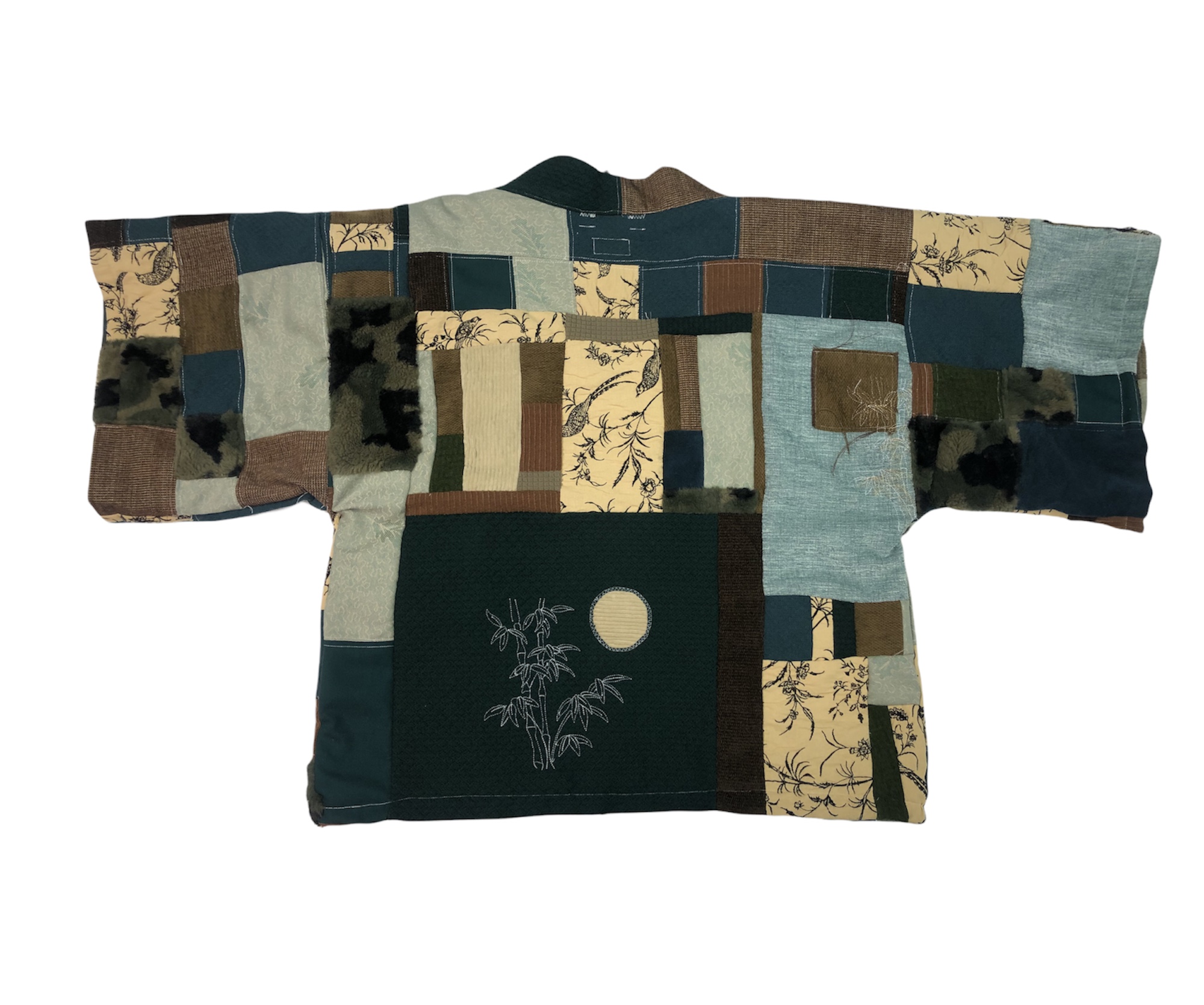

Great, appreciate you sharing that with us. Before we ask you to share more of your insights, can you take a moment to introduce yourself and how you got to where you are today to our readers.
I’m Gordon Holliday — a multidisciplinary artist, designer, and cultural storyteller whose work sits at the intersection of fashion, fine art, sustainability, and Black ancestral legacy. Everything I create is rooted in honoring history, reclaiming narratives, and crafting new systems of power and beauty through fabric, texture, and form.
My journey into this work started from necessity — watching my grandmother sew and repurpose materials into clothing for my family. That upbringing taught me early on that creativity wasn’t just decoration — it was survival, resilience, and love in motion. Over time, I evolved from raw resourcefulness into intentional artistry, developing my practice through years of hands-on exploration, cultural research, and community-centered work.
What shaped me most was understanding that fashion is more than style — it’s identity, it’s language, it’s legacy. I use my work to challenge systems of waste, tell untold stories, and restore cultural memory through material transformation. From upholstery scraps to denim waste, I reimagine what’s discarded and turn it into vessels of purpose and power.
I create fashion collections, textile installations, sculptural garments, and museum-ready art pieces that tell stories across generations and geographies. From designing reimagined garments inspired by the legacy of Yasuke, the African samurai, to collaborating with fine artist Tim Okamura on a 16-foot kimono at the August Wilson Cultural Center, my work serves as a bridge between tradition and innovation, Africa and Asia, past and future.
Each project is intentional. Each stitch is spiritual. Each piece is a meditation on identity, displacement, masculinity, healing, and cultural pride.
What sets me apart is my ability to transform material waste into narrative artifacts — honoring the hands, the stories, and the histories embedded in every fiber. I don’t just make garments — I build portals of remembrance. Whether I’m presenting at a fine art institution, showing at a runway event, or leading a workshop, the mission remains the same: to restore what’s been lost and reimagine what’s possible.
I’m most proud of staying grounded in purpose through every stage of my journey — never compromising depth for trend, and continuing to explore what happens when cultures respectfully intersect, teach, and learn from one another.
This is more than design. It’s a movement. It’s cultural elevation stitched with soul.
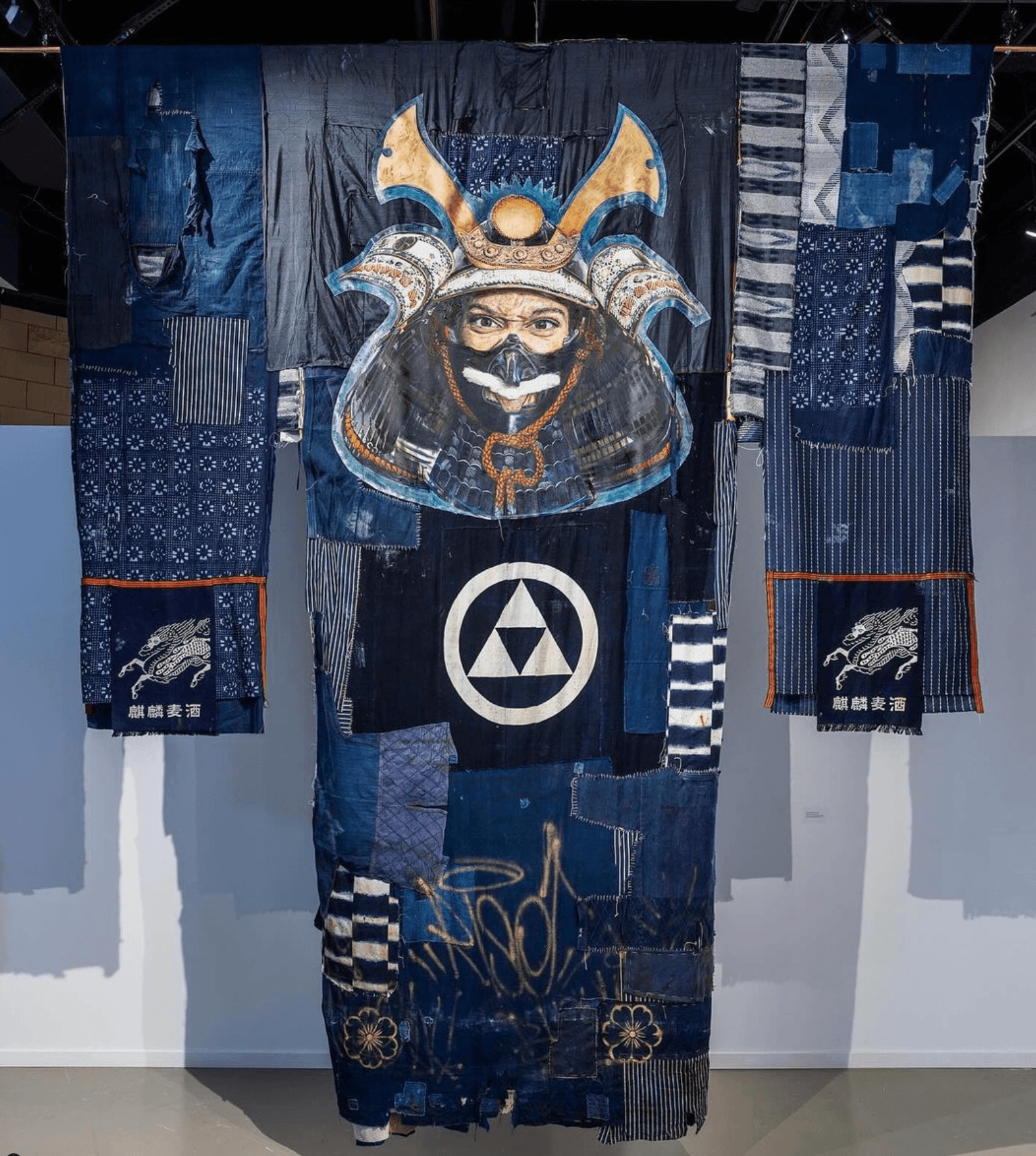
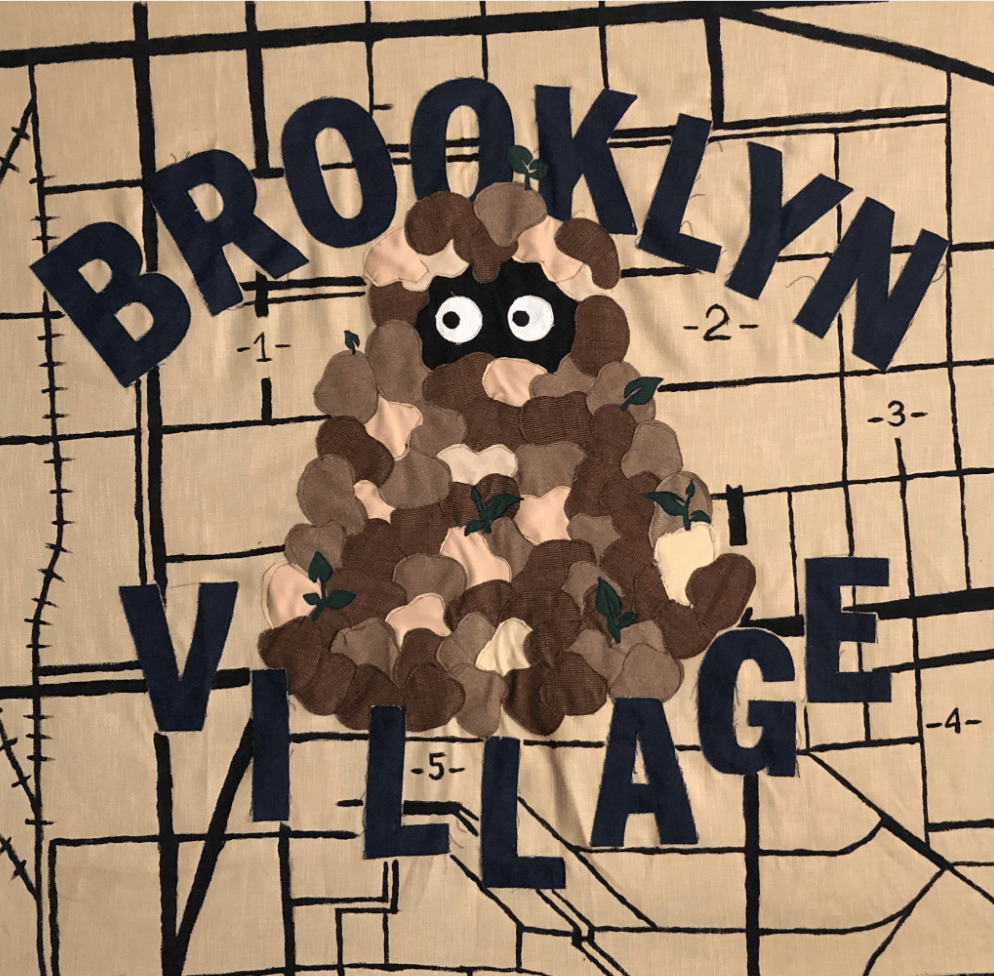
We’d love to hear a story of resilience from your journey.
One of the clearest moments that tested me wasn’t years ago—it was just five months ago. People don’t see the battles you fight just to show up, especially on the days when you don’t feel your best. In the midst of preparing for New York Fashion Week, traveling to work with footwear designers, and trying to enjoy my birthday, everything I thought of as my support system was falling apart.
Even now, we live in a time where jobs are scarce, people are leaving the country because of politics, and companies are pulling back programs that assist Black and Brown communities. In a world like this, art and representation have never been more necessary than they are right now.
I remember having to turn my apartment garage into a studio space—once again, taking what I had available and figuring out how to make it work. That’s been the pattern of my journey: reworking, repurposing, adapting. A lot of people think resilience is about toughness, but it’s deeper than that. It’s internal. It’s about transformation.
For me, resilience feels like climbing a staircase—not rushing to the top, but being present in every step. Enjoying the climb. Giving gratitude to my body for continuing to push upward. Acknowledging my neighbors, my loved ones, and the ones climbing with me. Reaching the top isn’t even the destination—it’s about appreciating the journey itself.
I’ve been underestimated, underfunded, and overlooked for years, but does anyone else’s perception define me? Absolutely not. My purpose only strengthens, my voice only deepens, and my focus only sharpens. No matter what’s happening around me, I keep climbing.
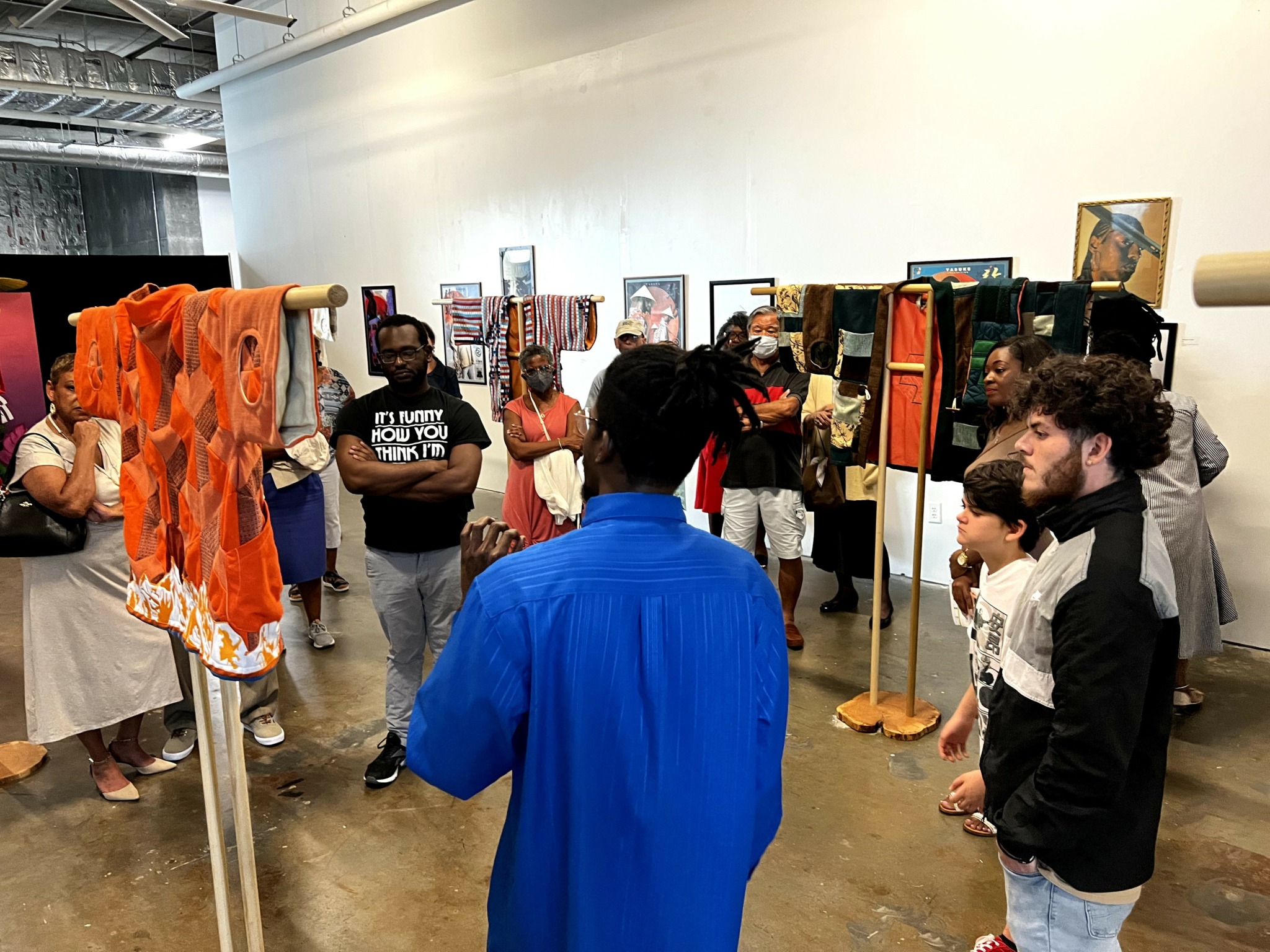
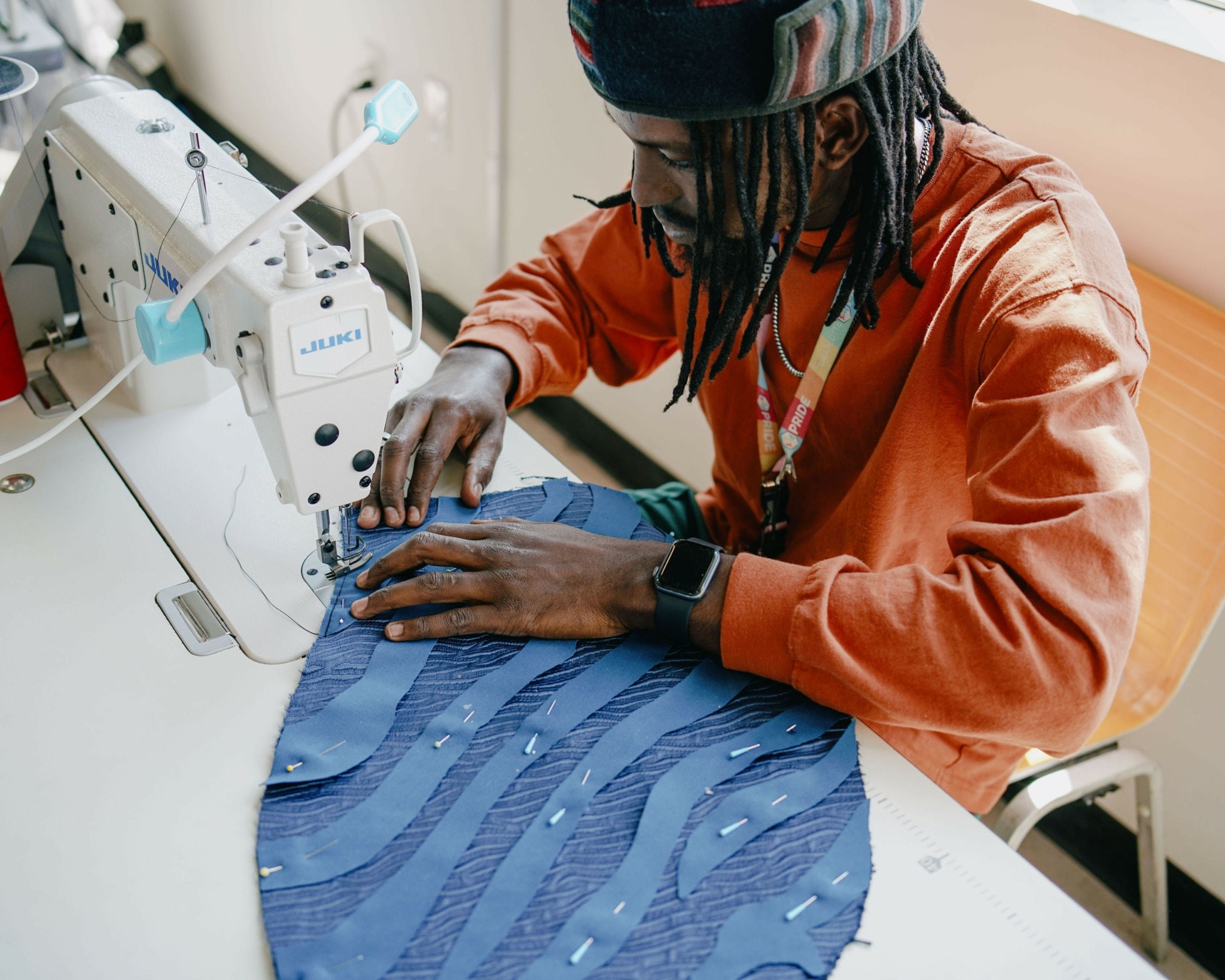
Is there something you think non-creatives will struggle to understand about your journey as a creative?
Absolutely. What most non-creatives don’t understand is that this path is more than just making things look good — it’s emotional labor, spiritual discipline, and generational storytelling disguised as art.
Being a creative isn’t some aesthetic hobby — it’s a full-time calling. It’s waking up with visions and going to sleep still piecing them together. It’s turning struggle into substance, healing into color, pain into purpose. That’s what I call alchemy — taking raw, everyday materials, emotions, or forgotten stories, and transforming them into something valuable, powerful, and lasting.
But here’s the part people don’t talk about enough:
Artists deserve to get paid — especially by non-creatives.
You’d be surprised how many people benefit from creativity without realizing it. From the clothes you wear, the ads you scroll past, the product packaging you pick off shelves, to the playlists that shift your mood — everything around you has a creative’s fingerprint on it. So why do people hesitate when it’s time to compensate the person behind that work?
When you pay a creative, you’re not just paying for a product or a design — you’re investing in a legacy, a family, a community, a culture. You’re helping a creator keep their lights on, feed their kids, sustain their practice, and build something bigger than themselves. You’re putting value on vision. And as that creative grows, the work you invested in appreciates in value too. What you paid for today could become cultural gold tomorrow.
So this is bigger than just “buying a canvas” or getting a logo. You’re participating in a movement. You’re pushing art forward. You’re co-signing a voice that deserves to be heard.
This work we do isn’t surface — it’s soul work. It’s ancestral. It’s architectural. And if you truly respect what a creative brings to the table, then you’ll stop questioning the cost and start recognizing the worth.
Contact Info:
- Website: https://gordonholliday.com
- Instagram: https://www.instagram.com/roole.co
- Linkedin: https://www.linkedin.com/in/gordonholliday/
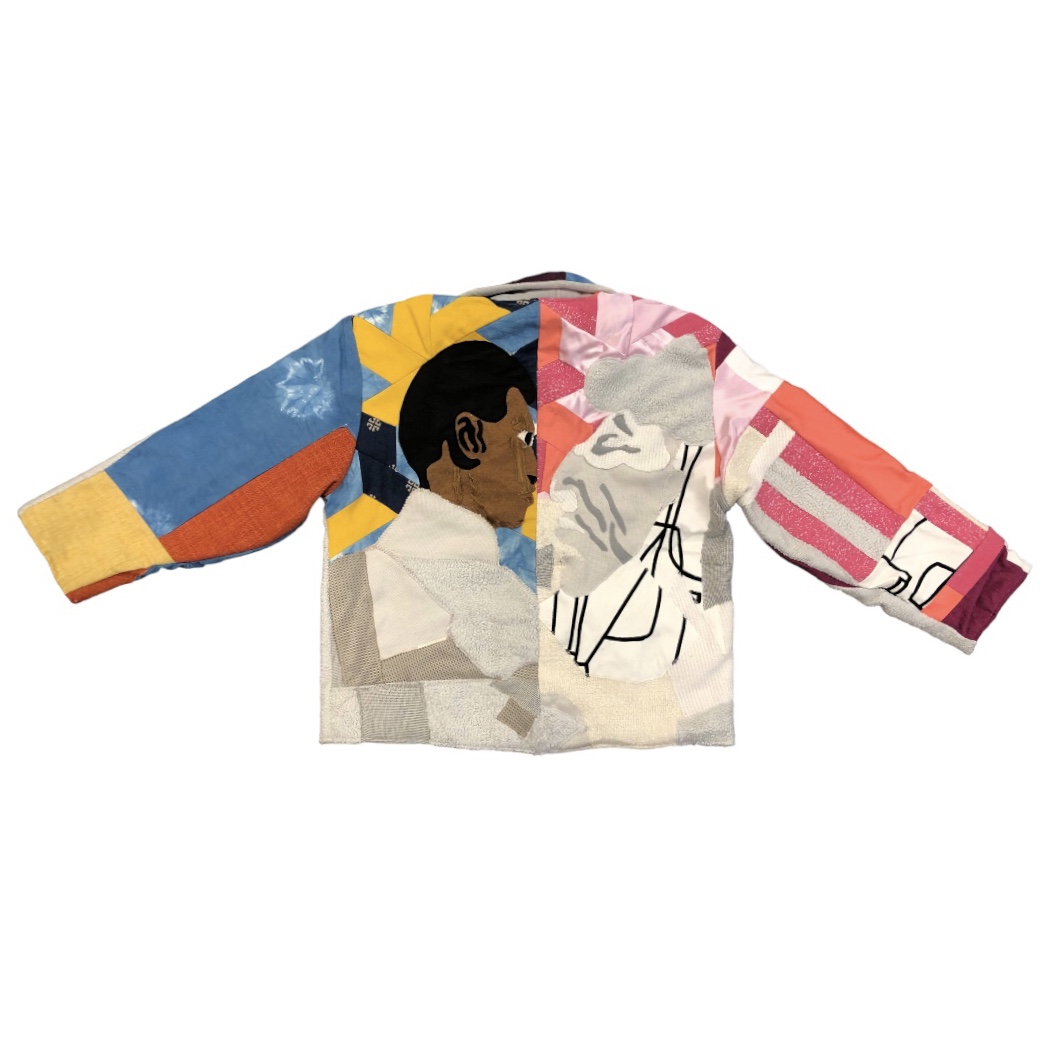

Image Credits
In Studio Shots credit: Taniesha Evon @t.evon


